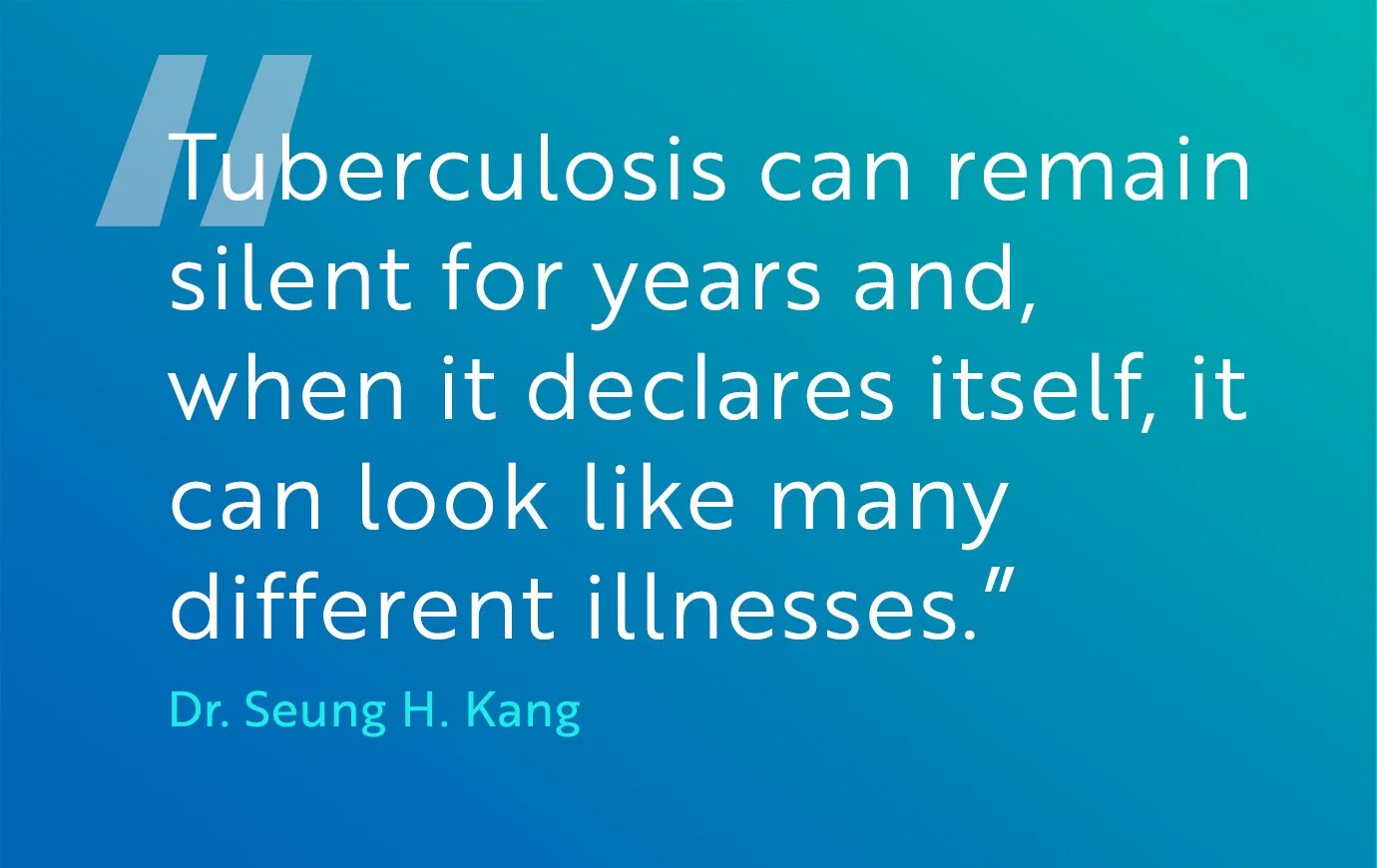TB’s New Urgency in New York
In a scene familiar from numerous historical works of fiction, a once healthy girl or woman takes to bed, clammy from fever and frail from a racking cough. She rarely survives the next chapter.
Up through the late 19th century, this condition was called “consumption” for the way it consumed the body, causing it to become thinner and weaker. As science advanced and the bacteria that cause it were identified, the disease took on a new name, tuberculosis.
For decades after, TB remained a leading cause of death in the United States. We largely reduced TB domestically in the latter half of the last century, but it remains the world’s deadliest infectious disease, killing more than a million people every year globally.
Today, TB continues to be the subject of books (see John Green’s Everything Is Tuberculosis for an in depth examination of the disease and what systemic issues drive its spread), articles, podcasts, and renewed clinical concern. From a public health perspective, the question is: what does this mean for New York City?
Like other large U.S. cities, New York draws travelers and residents from around the world. Along with their luggage, some carry latent TB infection, a silent form that can persist for years and later develop into an active, contagious disease. Only those with active TB of the lungs or larynx transmit TB, typically by coughing, sneezing, speaking or singing, while most people with TB have latent infection and no symptoms.
Dr. Seung H. Kang, an infectious disease specialist in our clinic, said, “Tuberculosis can remain silent for years and, when it declares itself, it can look like many different illnesses. Public awareness of classic symptoms such as fever, a persistent cough, night sweats, and weight loss is crucial.* But even more important is for clinicians to keep a low threshold for testing and to start treatment promptly when indicated.”
Active TB is preventable and curable with antibiotics, but delays in recognition and treatment can fuel transmission. The City and CDC recommend short-course regimens for latent TB infection (for example, four months of rifampin or 12 weeks of once weekly isoniazid plus rifapentine) because they are quicker and better tolerated, improving completion rates. Active TB requires multidrug therapy for a longer period of time, with careful management to prevent resistance.
After a spike during the height of the HIV/AIDS epidemic, when immune suppression made infection and progression more likely, New York City enjoyed relatively low TB rates for years. That trend has now reversed. In 2024, the city confirmed 839 TB cases, a 24 percent increase from 2023 and roughly a 57 percent rise from 2022. The majority of 2024 cases were in men, younger adults and people not born in the U.S. The city documented 13 multidrug resistant TB cases in 2024.
The data also reveals that TB in New York is concentrated among the underinsured and uninsured and in communities living with housing instability and crowded conditions, which delay diagnosis and complicate treatment. “We need a strong referral network so uninsured or underinsured patients are not left waiting,” Kang said.
In the 1980s, the city operated 24 public clinics that provided TB care. By 1988, that number had already fallen to eight as resources declined. Kang said that current city TB services have been consolidated into four Health Department Chest Centers located in the Bronx, Brooklyn, Manhattan, and Queens. Temporary closures and reduced hours, such as the current suspension of services at the Corona and Washington Heights sites with a temporary Riverside site operating, have further tightened access. Reports indicate that while many patients are seen within a few days, some wait over a week for evaluation, especially when coverage and referrals are complex.
Such a delay “is unacceptable for a contagious airborne disease,” Kang said. When combined with declines in TB research funding and the clinic closures, the upward trend in TB cases becomes even more concerning. “The public should understand how deadly TB can be, not to cause alarm, but to ensure policymakers feel sustained pressure to fund TB prevention, diagnosis, treatment and the clinical capacity required to deliver them.”
According to Kang, “global TB control faces a worrisome headwind.” In March 2025, the World Health Organization and UN News warned that major U.S. funding cuts (the U.S. has historically contributed $200 to $250 million annually to global TB efforts) are disrupting treatment, screening, and research across at least 18 high burden countries. “These cuts risk hard won progress and could increase transmission everywhere, including here.”
*More information on the signs and symptoms of TB as well as fact sheets and other resources are on the Centers For Disease Control website.



